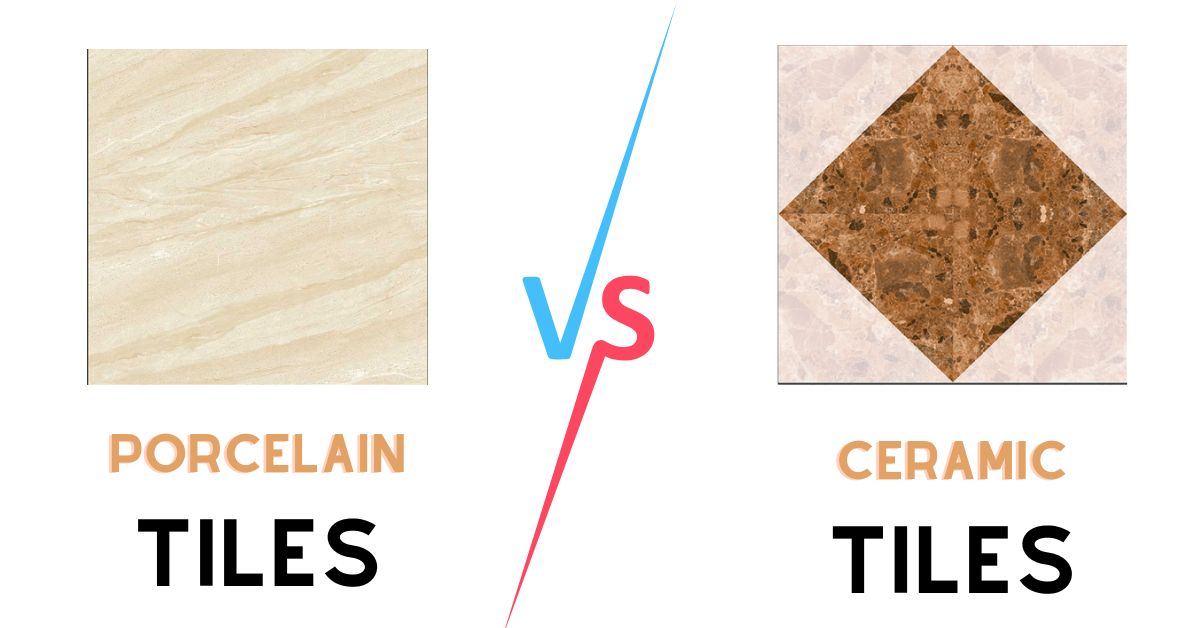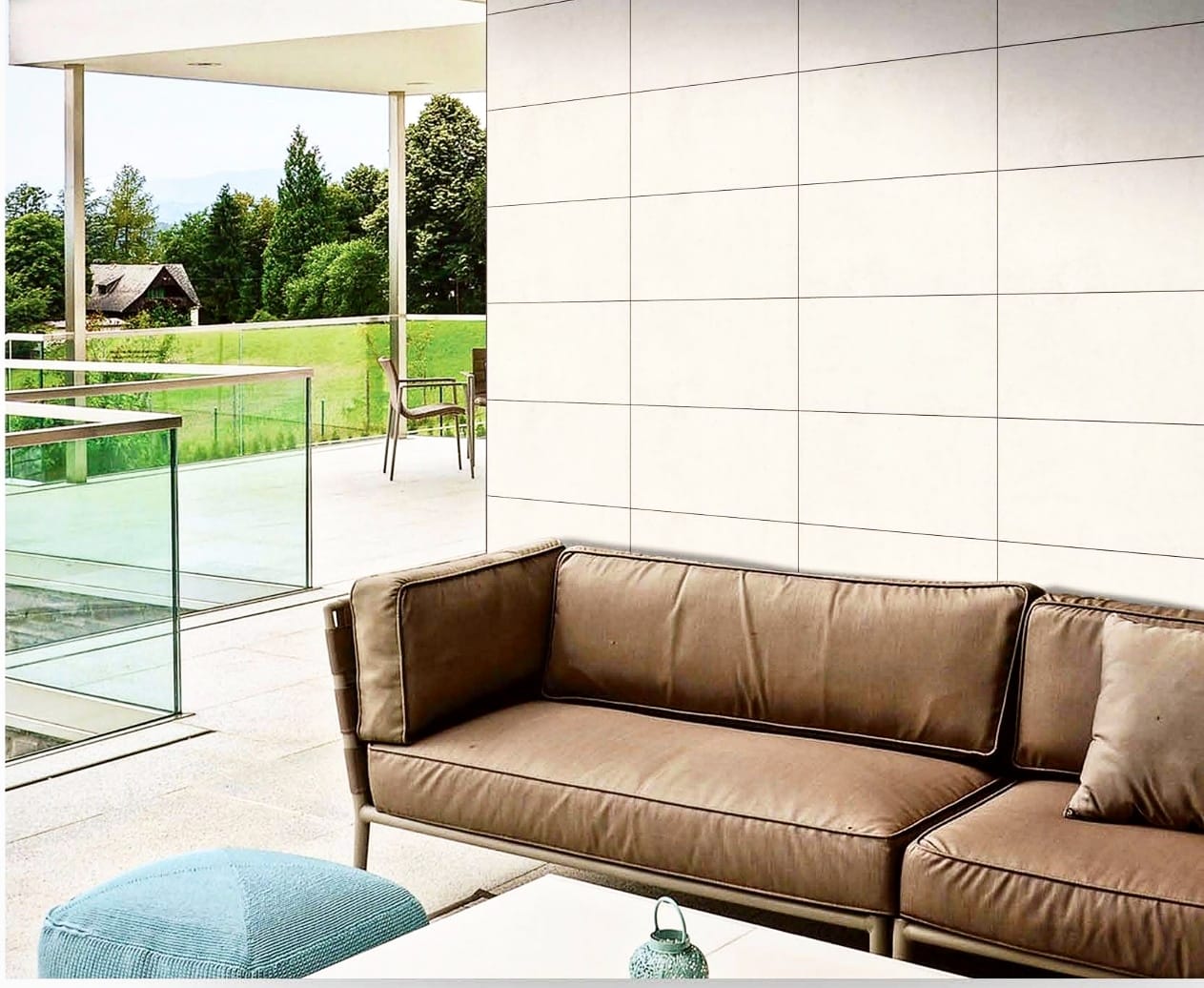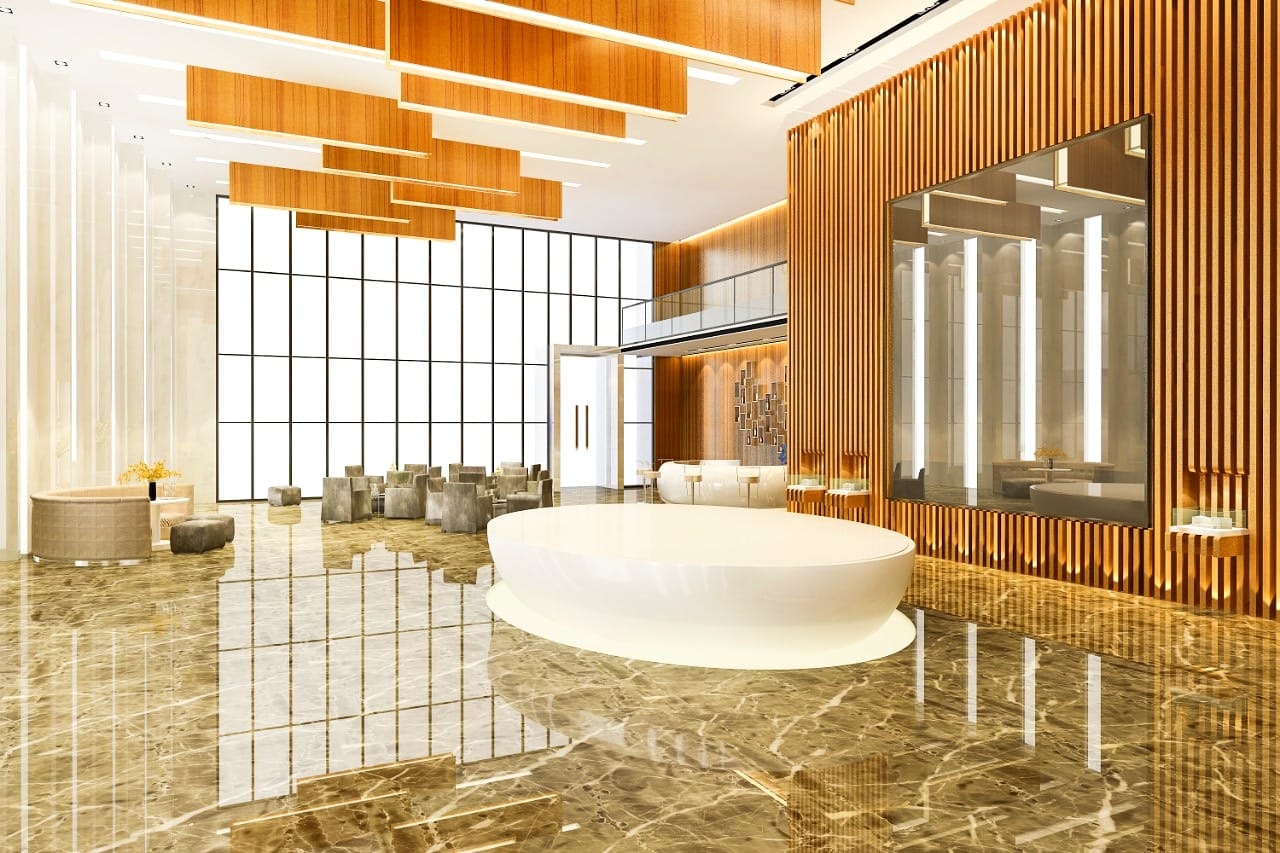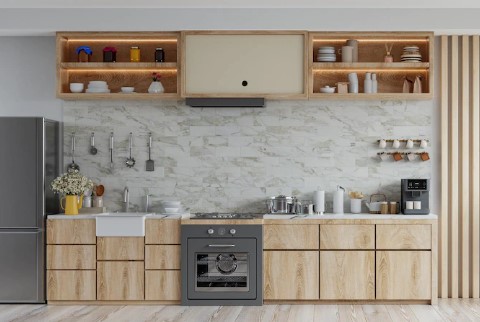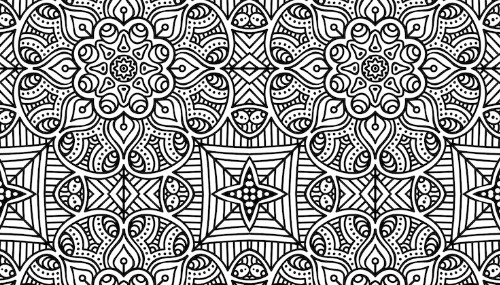Introduction
In this article, we're going to explain the differences between porcelain and ceramic tiles. A lot of people wonder what the difference is between these two flooring materials. Both are durable and have a high resistance to heat and water, but there are some subtle differences that you should know about before making your final decision for your home's interior design.
Porcelain is a mixture of clays pressed into shape, and fired at high temperatures to solidify. Along with the clay is a fine sand substance, which increases the durability and resistance to water.
Porcelain is a mixture of clays pressed into shape, and fired at high temperatures to solidify. Along with the clay is a fine sand substance, which increases the durability and resistance to water.
Ceramic tiles are baked at lower temperatures than porcelain tiles. This causes them to be less rigid and therefore more permeable to water than porcelain tiles.
The temperature of your bathroom will also affect whether you should choose ceramic or porcelain tiles for your bathroom flooring needs. If you live in an area where it gets very hot during summer months or has high humidity in winter months, then ceramic tiles may not be suitable for your home since they can crack due to extreme temperature changes (e.g., going from cold air outside straight into a hot shower). Porcelain on the other hand does not have this problem as it does not crack easily due its density and construction materials used during production process
Ceramic tiles are made from red or white clay and are fired at high temperatures.
Ceramic tiles are made from red or white clay and are fired at high temperatures. They are used for floors, walls and roofs. Ceramic tiles are also commonly found in bathrooms, kitchens and public areas of commercial buildings.
Porcelain is more durable, less permeable and less sensitive to temperature changes than ceramic tiles.
Porcelain is more durable and less permeable than ceramic tiles. Porcelain is also less sensitive to temperature changes. Porcelain tiles are more expensive than ceramic tiles. However, they are also less attractive
Porcelain is a hard mineral material that is extremely dense and strong. It has a creamy white color with microcrystals of quartz or feldspar embedded in it, which gives it its strength, durability and hardness characteristics. Ceramic tiles are made by firing clay at high temperatures (more than 1,000 degrees F) until it hardens into ceramic material that can be used as flooring material or wall cladding
Conclusion
Porcelain tiles are a great option for kitchens and bathrooms, as they are more heat resistant and less porous than ceramic tiles. This means they will last longer and be easier to keep clean if you use them in high-traffic areas like these rooms! Porcelain also comes in a wide range of colors and patterns that can enhance the look of any home.
back
